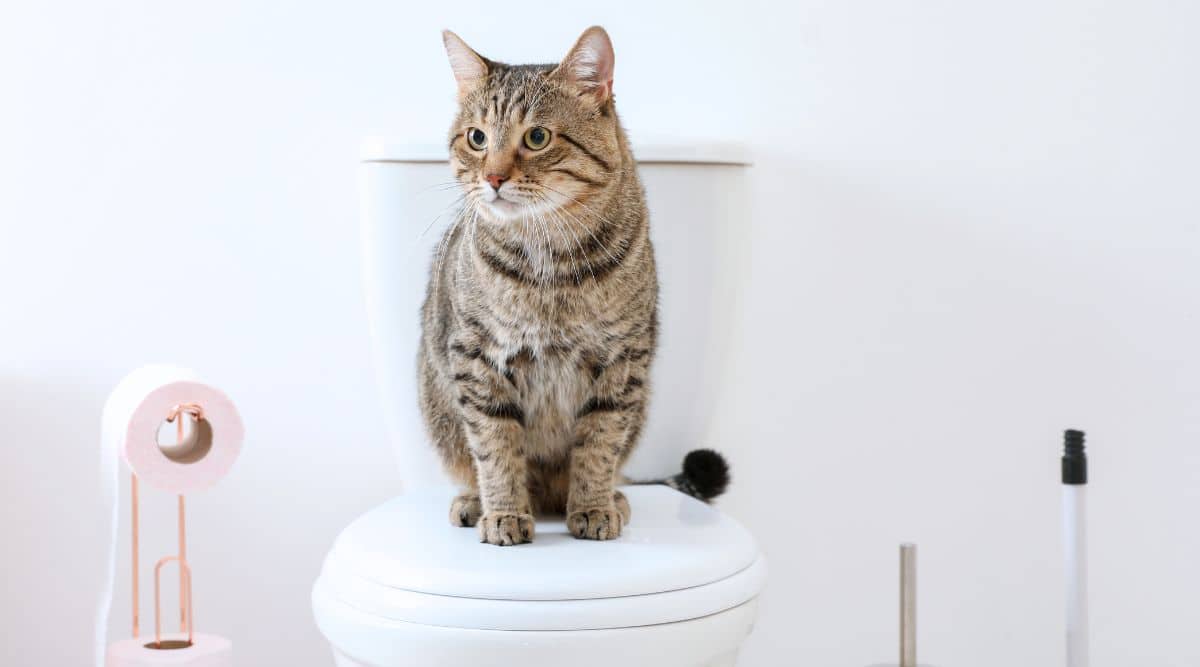Why You Should Never Flush Cat Poop Down Your Toilet - Critical Information
Why You Should Never Flush Cat Poop Down Your Toilet - Critical Information
Blog Article
How do you feel on the subject of How to Dispose of Cat Poop and Litter Without Plastic Bags?

Intro
As pet cat proprietors, it's essential to be mindful of exactly how we get rid of our feline pals' waste. While it might seem convenient to flush feline poop down the bathroom, this technique can have destructive consequences for both the atmosphere and human health.
Alternatives to Flushing
Fortunately, there are more secure and extra liable ways to take care of feline poop. Think about the following options:
1. Scoop and Dispose in Trash
The most typical approach of throwing away feline poop is to scoop it into a naturally degradable bag and throw it in the trash. Make certain to utilize a dedicated trash scoop and take care of the waste without delay.
2. Usage Biodegradable Litter
Opt for eco-friendly cat clutter made from materials such as corn or wheat. These litters are environmentally friendly and can be safely gotten rid of in the garbage.
3. Bury in the Yard
If you have a lawn, consider hiding pet cat waste in a designated location far from veggie gardens and water sources. Make sure to dig deep sufficient to stop contamination of groundwater.
4. Set Up a Pet Waste Disposal System
Purchase an animal garbage disposal system particularly developed for cat waste. These systems utilize enzymes to break down the waste, decreasing smell and ecological influence.
Health Risks
In addition to environmental concerns, flushing pet cat waste can additionally pose health dangers to humans. Cat feces may contain Toxoplasma gondii, a bloodsucker that can cause toxoplasmosis-- a potentially severe health problem, specifically for pregnant women and individuals with weakened immune systems.
Environmental Impact
Flushing cat poop introduces dangerous virus and bloodsuckers right into the water supply, positioning a considerable danger to water ecological communities. These impurities can adversely influence aquatic life and concession water top quality.
Final thought
Accountable family pet possession prolongs past supplying food and shelter-- it likewise includes appropriate waste administration. By avoiding flushing cat poop down the toilet and choosing alternate disposal approaches, we can decrease our ecological impact and secure human wellness.
Why Can’t I Flush Cat Poop?
It Spreads a Parasite
Cats are frequently infected with a parasite called toxoplasma gondii. The parasite causes an infection called toxoplasmosis. It is usually harmless to cats. The parasite only uses cat poop as a host for its eggs. Otherwise, the cat’s immune system usually keeps the infection at low enough levels to maintain its own health. But it does not stop the develop of eggs. These eggs are tiny and surprisingly tough. They may survive for a year before they begin to grow. But that’s the problem.
Our wastewater system is not designed to deal with toxoplasmosis eggs. Instead, most eggs will flush from your toilet into sewers and wastewater management plants. After the sewage is treated for many other harmful things in it, it is typically released into local rivers, lakes, or oceans. Here, the toxoplasmosis eggs can find new hosts, including starfish, crabs, otters, and many other wildlife. For many, this is a significant risk to their health. Toxoplasmosis can also end up infecting water sources that are important for agriculture, which means our deer, pigs, and sheep can get infected too.
Is There Risk to Humans?
There can be a risk to human life from flushing cat poop down the toilet. If you do so, the parasites from your cat’s poop can end up in shellfish, game animals, or livestock. If this meat is then served raw or undercooked, the people who eat it can get sick.
In fact, according to the CDC, 40 million people in the United States are infected with toxoplasma gondii. They get it from exposure to infected seafood, or from some kind of cat poop contamination, like drinking from a stream that is contaminated or touching anything that has come into contact with cat poop. That includes just cleaning a cat litter box.
Most people who get infected with these parasites will not develop any symptoms. However, for pregnant women or for those with compromised immune systems, the parasite can cause severe health problems.
How to Handle Cat Poop
The best way to handle cat poop is actually to clean the box more often. The eggs that the parasite sheds will not become active until one to five days after the cat poops. That means that if you clean daily, you’re much less likely to come into direct contact with infectious eggs.
That said, always dispose of cat poop in the garbage and not down the toilet. Wash your hands before and after you clean the litter box, and bring the bag of poop right outside to your garbage bins.
https://trenchlesssolutionsusa.com/why-cant-i-flush-cat-poop/

I stumbled upon that post on Don’t flush cat feces down the toilet while doing a lookup on the search engines. Those who appreciated our blog post please remember to share it. Kudos for your time. Visit us again soon.
Source Report this page